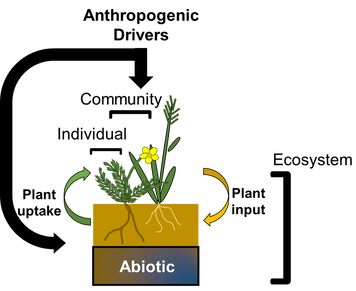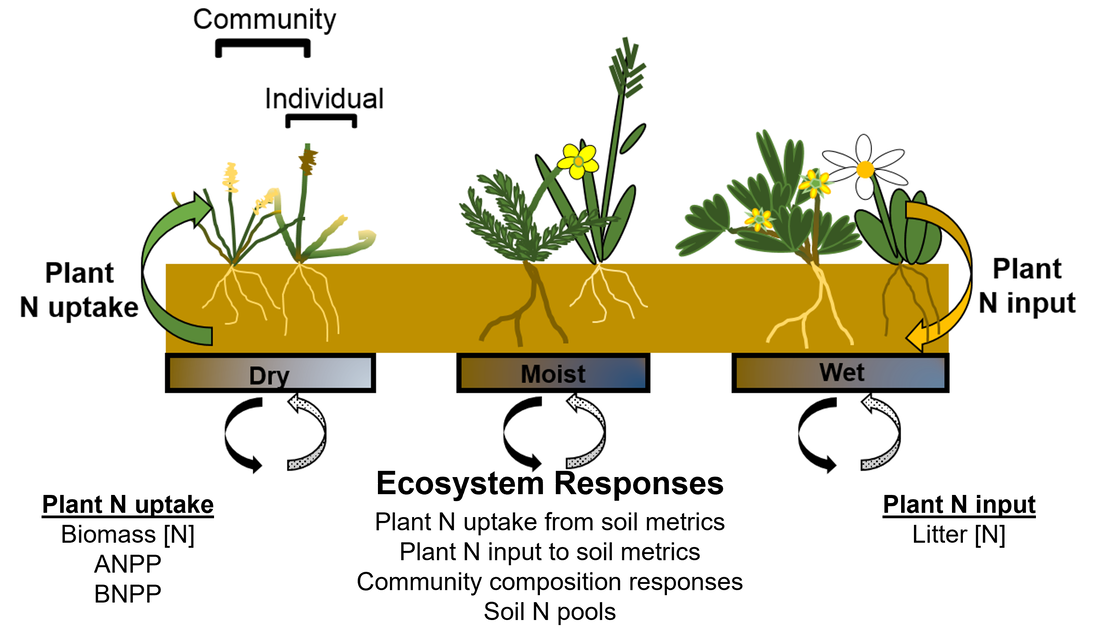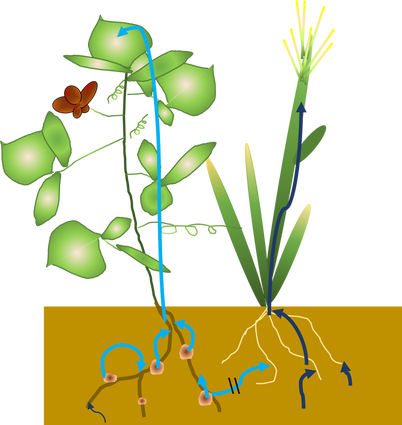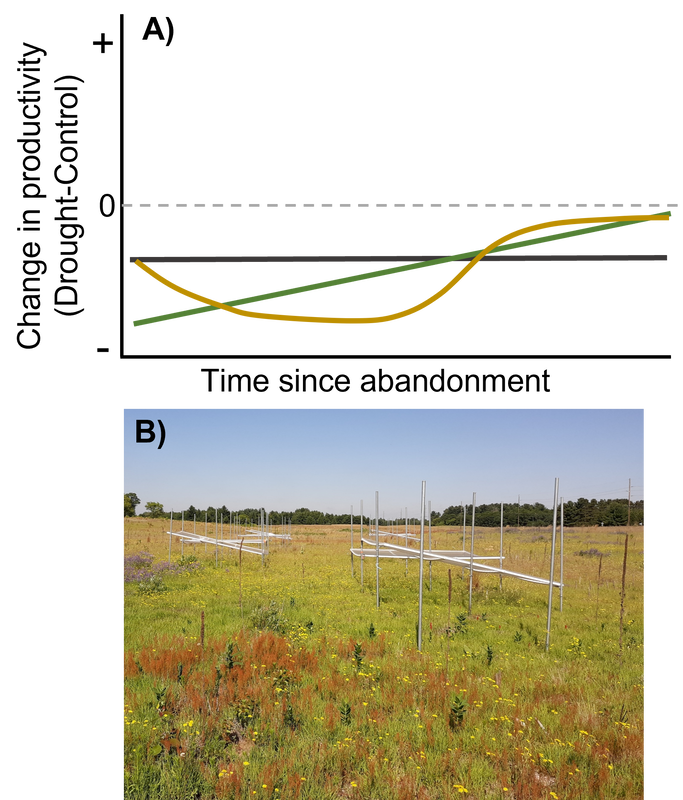I am a plant ecologist conducting research on the consequences of anthropogenic global change at the interface of community and ecosystem ecology. My research addresses questions focused on how terrestrial plant communities may confer stabilizing or amplifying feedbacks to ecosystem function under global change for three main areas of inquiry in natural and agroecological ecosystems, using both observational and experimental techniques: 1) Drivers of plant community and ecosystem resistance and recovery in the face of global change, 2) Shifts in plant-plant resource interactions and impacts on ecosystem function, and 3) Temporal community dynamics and consequences for ecosystem services under global change. I have applied these questions in a range of ecosystems, including boreal peatlands, alpine meadows, subtropical pastures, and temperate central grasslands.
Field experiments and coordinated team-projects where these themes are addressed are included with more detail in associated subpages.
Field experiments and coordinated team-projects where these themes are addressed are included with more detail in associated subpages.
PLANT-ECOSYSTEM NUTRIENT CYCLING IN RESPONSE TO ANTHROPOGENIC EUTROPHICATION AND CLIMATE CHANGE
|
Nutrient cycling of both macronutrients, such as nitrogen (N) and phosphorus (P), as well as micronutrients, such as sodium or silica, is a central component to my research addressing linkages between biotic (plants- and their symbionts) and abiotic (soils) components in ecosystems. This topic has far-reaching implications, in everything from land management of natural landscapes to food production and environmental restoration. My research examines the relationships between plant and soil nutrient stoichiometry using two main themes: A) impacts of direct anthropogenic alteration of nutrient resources and consequences for shifts in plant and soil nutrient processing and stoichiometry and B) changes in the ecosystem drivers of nutrient cycling associated with climate change, such as water availability and temperature, and how these drivers impact nutrient cycling between plants and soils.
|
IMPACT OF CHANGES IN PLANT COMMUNITIES ON ECOSYSTEM FUNCTION
DRIVERS OF PLANT COMMUNITY AND ECOSYSTEM RESISTANCE AND RESILIENCE TO CLIMATE EXTREMES
|
There is much evidence suggesting that while mean global temperature and precipitation are affected by climate change, local scale changes in extreme temperature and precipitation conditions will produce the greatest ecosystem change. The ability of an ecosystem to withstand change in the face of shifts in resource availability, or resistance, is an important metric that often appears to vary among ecosystems in idiosyncratic ways. My research program examines a range of plant-ecosystem feedbacks predicted to promote ecosystem resistance or buffer against long-term consequences from extreme events, including plant species traits, functional diversity, and biodiversity. This work also examines how species interactions promote ecosystem resilience across a range of ecosystem services such as productivity and phenology.
|




